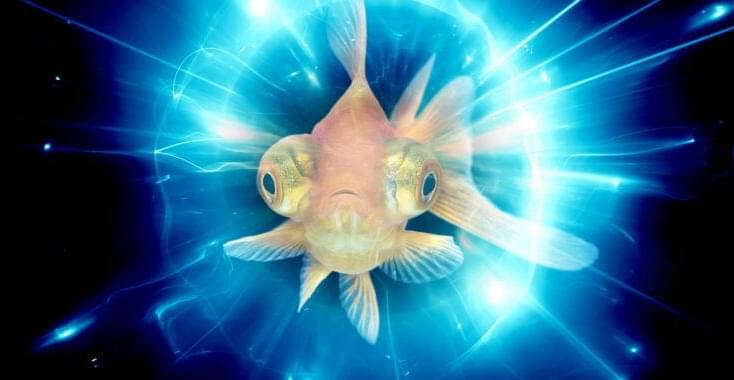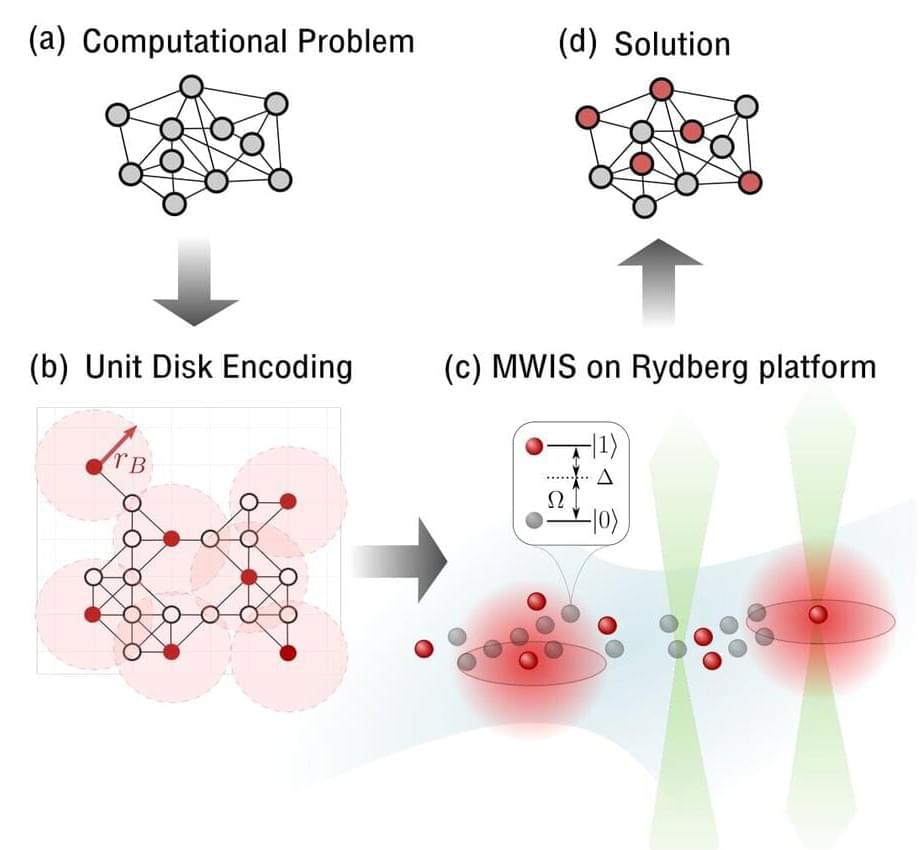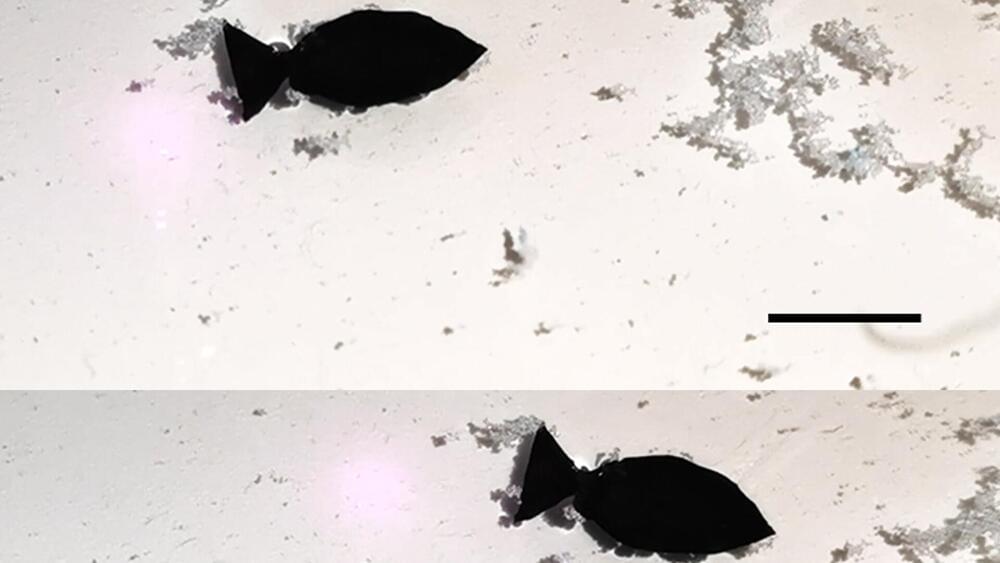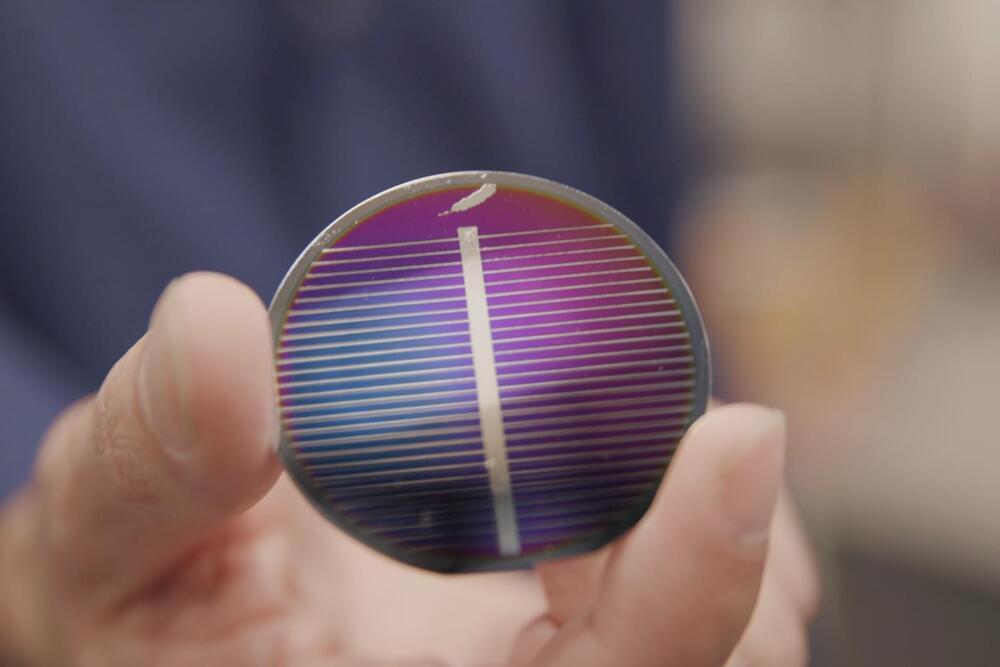Feb 14, 2023
A guide to (not) understanding quantum mechanics
Posted by Jose Ruben Rodriguez Fuentes in categories: chemistry, particle physics, quantum physics
Quantum mechanics is simultaneously beautiful and frustrating.
Its explanatory power is unmatched. Armed with the machinery of quantum theory, we have unlocked the secrets of atomic power, divined the inner workings of chemistry, built sophisticated electronics, discovered the power of entanglement, and so much more. According to some estimates, roughly a quarter of our world’s GDP relies on quantum mechanics.
Yet despite its overwhelming success as a framework for understanding what nature does, quantum mechanics tells us very little about how nature works. Quantum mechanics provides a powerful set of tools for successfully making predictions about what subatomic particles will do, but the theory itself is relatively silent about how those subatomic particles actually go about their lives.


















